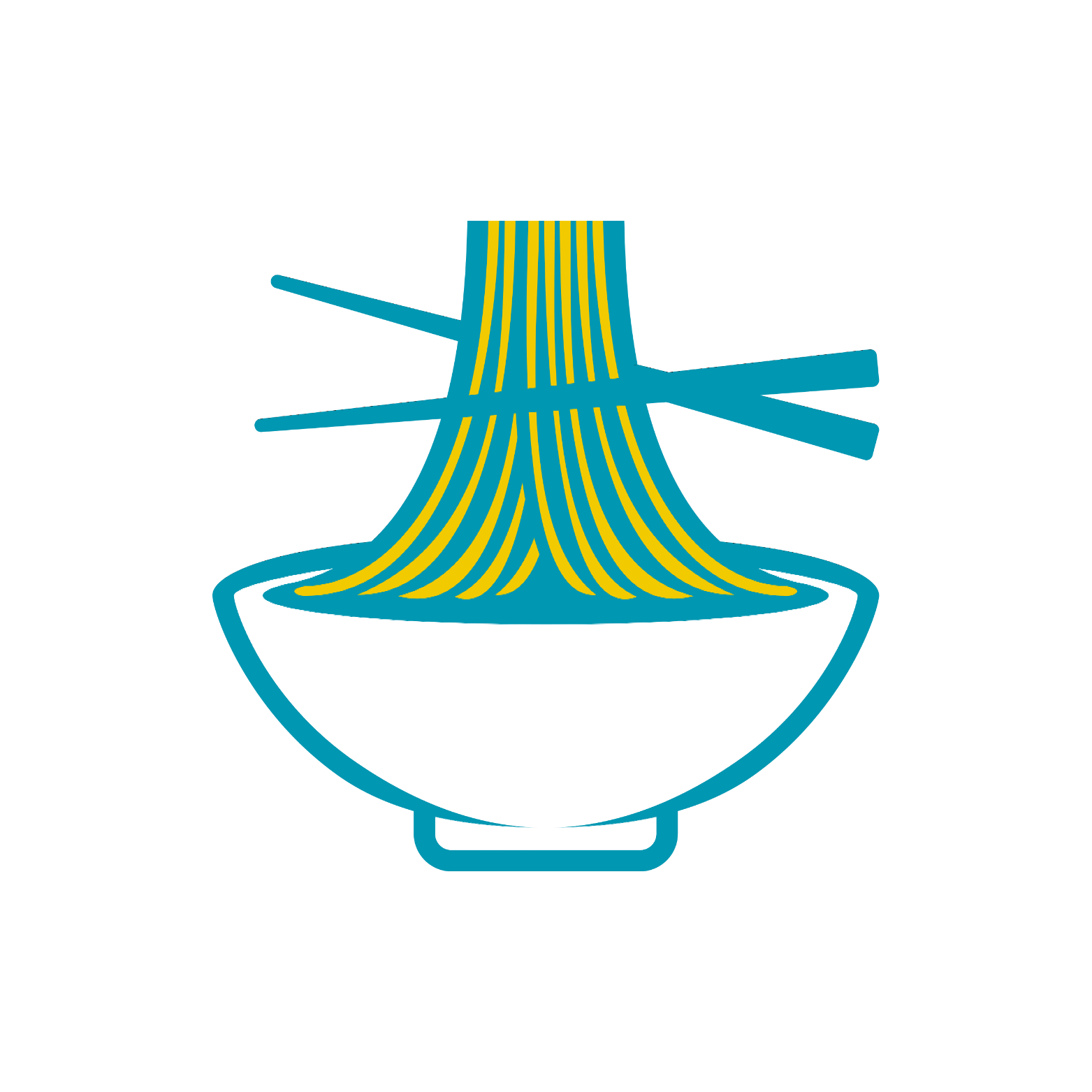Learn how to make Sabayad, a traditional Somali flatbread that's similar to chapati or paratha. This flaky, soft flatbread is perfect for scooping up curries, stews, or enjoying on its own. With just a few ingredients and simple steps, you can create this delicious and versatile bread at home. Ideal for breakfast, lunch, or dinner, Sabayad is a staple in Somali cuisine and pairs well with a variety of dishes.
Ingredients:
- 2 cups all-purpose flour
- 1 teaspoon salt
- 2 tablespoons vegetable oil or melted ghee
- 3/4 cup warm water
- Extra oil or ghee for frying
Instructions
Mix the Dough: In a large bowl, combine the flour and salt. Gradually add the warm water and oil, mixing with your hands or a spoon until a soft dough forms. Knead the dough for about 5-7 minutes until it becomes smooth and elastic.
Rest the Dough: Cover the dough with a cloth or plastic wrap and let it rest for 30 minutes to an hour.
Shape the Flatbread: Divide the dough into small equal-sized balls. Roll each ball into a thin circle using a rolling pin, dusting with flour as needed to prevent sticking.
Cook the Sabayad: Heat a non-stick pan or griddle over medium heat. Lightly brush the surface with oil or ghee. Place the rolled dough on the hot pan and cook for about 1-2 minutes on each side, until light golden spots appear and the bread puffs up. Flip occasionally for even cooking.
Serve and Enjoy:Repeat the process with the remaining dough balls. Serve the Sabayad warm with your favorite Somali dishes, curries, or stews.
Notes:
- You can brush additional ghee or oil on top after cooking for extra flavor and softness.
- Sabayad can be stored in an airtight container and reheated as needed.
Nutritional values
All-Purpose Flour (2 cups)
- Calories: About 364 kcal
- Carbohydrates: 76 grams
- Protein: 10 grams
- Fat: 1 gram
Benefits:
- All-purpose flour provides energy through carbohydrates and protein. It is a staple in baking and cooking but lacks some of the nutrients found in whole grains.
Salt (1 teaspoon)
- Sodium: About 38,000 mg
Benefits:
- Salt enhances the flavor of foods. It is essential for maintaining fluid balance and nerve function, but excessive intake can lead to health issues.
Vegetable Oil or Melted Ghee (2 tablespoons)
Vegetable Oil:
- Calories: About 884 kcal
- Carbohydrates: 0 grams
- Protein: 0 grams
- Fat: 100 grams
Benefits:
- Vegetable oil provides essential fatty acids and is used for cooking. Opt for oils with healthier fat profiles, such as olive oil.
Melted Ghee:
- Calories: About 900 kcal
- Carbohydrates: 0 grams
- Protein: 0 grams
- Fat: 100 grams
Benefits:
- Ghee is a clarified butter with a high smoke point and rich flavor. It contains butyrate, which can support digestive health and reduce inflammation.
Warm Water (3/4 cup)
- Calories: 0
- Carbohydrates: 0 grams
- Protein: 0 grams
- Fat: 0 grams
Benefits:
- Warm water is used to activate yeast and blend ingredients. It aids in hydration and is essential for many cooking and baking processes.
Extra Oil or Ghee for Frying
Vegetable Oil:
- Calories: About 884 kcal
- Carbohydrates: 0 grams
- Protein: 0 grams
- Fat: 100 grams
Benefits:
- Used for frying to achieve a crispy texture. Choose healthier oils with unsaturated fats.
Melted Ghee:
- Calories: About 900 kcal
- Carbohydrates: 0 grams
- Protein: 0 grams
- Fat: 100 grams
Benefits:
- Provides a rich flavor and can be used for frying to give dishes a distinct taste.
This combination of ingredients is commonly used for making dough or batters. The flour provides the base, while salt adds flavor, and oil or ghee adds richness and texture. Warm water helps bind the ingredients together, and extra oil or ghee is used for frying, enhancing the texture and flavor of the final product.


Comments